- Learning time
- 10 minutes
- First play time
- 15 per round minutes
Red7
Designed by: Carl Chudyk,Chris Cieslik
Red7 is a card game with a difference – the rules keep changing!
The deck is made up of cards in seven different colours, numbered 1-7 for each. Players start with a hand of seven cards from the (shuffled) deck, and one card face up in front of them. The game starts with the red card rule – highest number wins. So at the start of the game the person with the highest showing card is already in the lead (ties are decided by colour – red being the most powerful). The active player has three choices – they can play another card in front of them, play a card to change the rules, or play both. You change the rules by playing a card of a different colour to the centre. The colour of the card denotes the new rule and the rule always defines which player is in the lead: it might be the most cards of one colour, the most of the same number, the most cards in a run… each colour defines who’s winning in a different way, and you must be in the lead at the end of your turn – if you cannot find a way to do so, you’re out of the round.
When only one player remains they keep the cards that defined their victory (a highest card victory would be one card, a most-colours victory would be at least two, and so on) and these count as their points. When one player reaches 35 points, they have won!
The game also has an advanced option for more intricate play.
The guru's verdict
-
Take That!
Take That!
Although the game could be described as a battle, there is no direct conflict as such and no reason for tender egos to feel targeted.
-
Fidget Factor!
Fidget Factor!
Low. Although it can take a few moments for people to work out how to implement their cards best, the game is reasonably quick-moving.
-
Brain Burn!
Brain Burn!
See above. In the early game you'll - usually - have options to get yourself in front, but as your hand diminishes so do your options.
-
Again Again!
Again Again!
Although the rules are simple, it can be tricky to grasp. But after a couple of plays things will speed up.


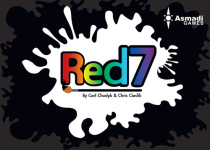
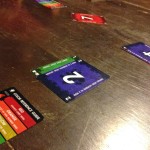
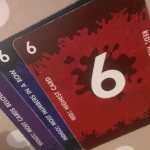
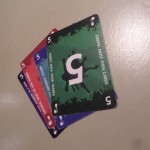
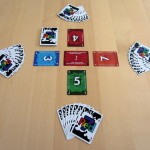
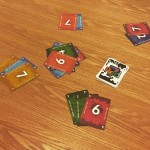


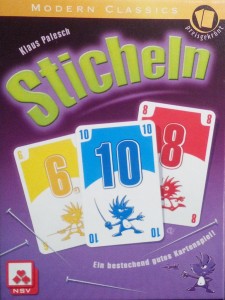
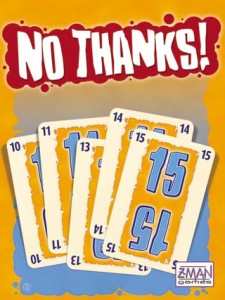
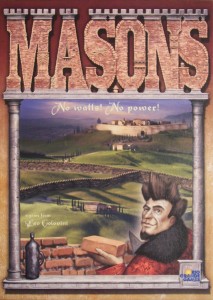
Sam says
Red7 is a game I admire rather than hugely enjoy - it's a clever design, but when the constant changing of rules is the games' actual mechanic, I don't personally feel the game flows - it shudders erratically forward as everyone repeatedly stops to compare cards played and then peruse their cards for decreasing options. - But that's just me, and I know some people who love it.